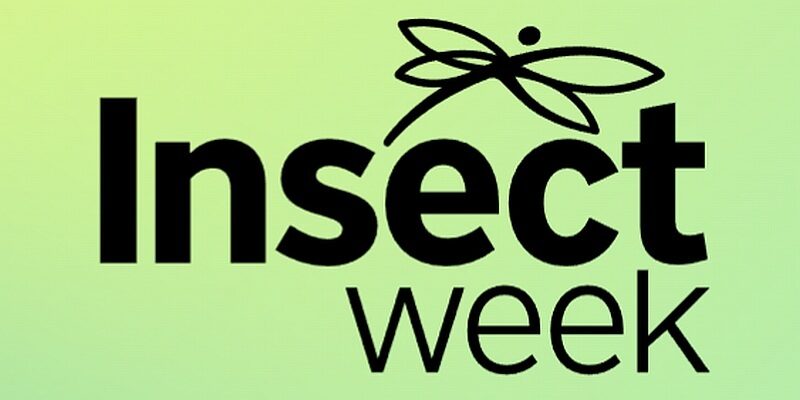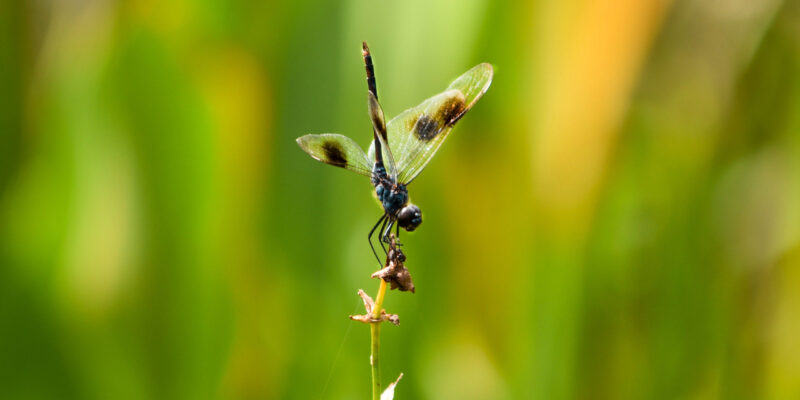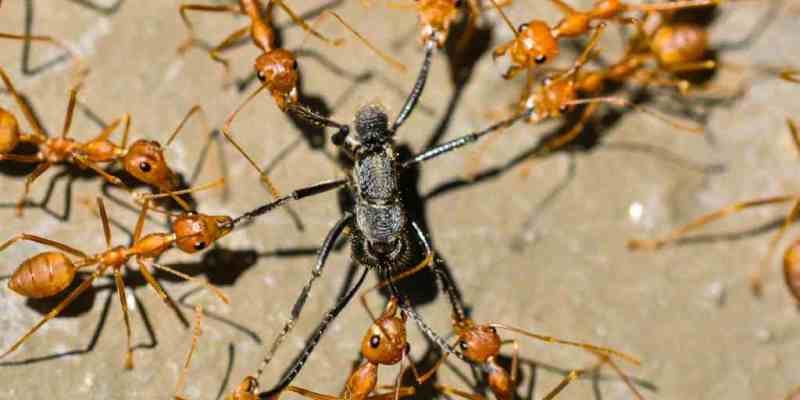The Earliest Female Members
Unusually for a learned society in the early 19th century, women have been eligible for membership of the Society since its founding in 1833, and the first woman Member was elected in that year. She and the other early female Members remained a very small minority, with only twelve women being recorded as belonging to the Society in the 19th Century, and only five of those prior to 1890. In 1885 the Society was granted a Royal Charter by Queen Victoria after which Members became known as Fellows.
In 1833 membership required the proposal of three current Members, at least one of whom knew the candidate personally. The existing membership were then asked to vote to decide whether the candidate should be admitted, with at least two thirds of votes needed for successful election to the Society, suggesting that the wider membership was broadly supportive of women Members. The new Member would then need to pay an admission fee of £2 2s., equivalent to roughly £150 today, along with an annual contribution of £1 1s, which limited Membership to those who were relatively well off.
Our early Members and Fellows were active in many areas of entomology, from butterfly collecting to pest control. Here we explore the fascinating lives of these pioneering women. Who turned down a proposal from a future prime minister? Who travelled to over 60 countries collecting butterflies? Which famous author wrote a short story about the life of one of our Members?
Mrs J. Curteis
The first female Member was a Mrs J. Curteis of Tenterden, Kent, who joined in 1833, the year the Society was founded, and remained a Member until 1836. Married women were listed under their husbands’ names in the Society’s membership records, so the ‘J’ initial is that of her husband. The Curteis family have been recorded as landowners in the area since at least the 14th Century. We know little about her, and there is no record of her attending meetings.
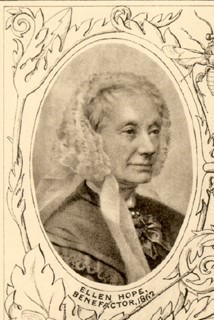
Ellen Hope (1801-1879)
Ellen Hope (nee Meredith) was our second female Member. The family were close friends with the Disraeli’s, and in 1833 she turned down a proposal from future prime minister Benjamin Disraeli stating that “a life as the wife of a politician would have been a very dull one indeed”, later going on to marry Rev. Frederick William Hope (1797 – 1862) in 1835, and joining the Society in the same year. He was a naturalist and entomologist with a particular interest in beetles, who was a founder Member of the Society and President for three terms, the first from (1835-36). Being the wife of the then President, the usual voting procedure for admission to the Society was “by unanimous consent dispensed with”, and Ellen Hope was elected as a Member in 1835.
She is listed in the Proceedings under her husband’s name as Mrs F. Hope, and at the same Marylebone address, where they built up a substantial collection of insects together. In 1842 the President noted in his address that Ellen Hope donated a “very interesting collection of Egyptian Insects” to the Society.
Their collection was open to the public and many naturalists, including Charles Darwin, were regular visitors. It soon outgrew their home, and they donated the ‘Hope Collection’ to the University of Oxford, in 1850 where it formed the basis of the Hope Entomological Collections at the Natural History Museum in Oxford.
In 1860 Frederick Hope founded the Hope Professor of Zoology at Oxford University. Following his death in 1863, Ellen continued to actively support the Oxford Natural History Museum, setting up a £10,000 trust fund to support the work of insect curators and other positions at the Museum, and continued to donate further specimens. She died in 1879.
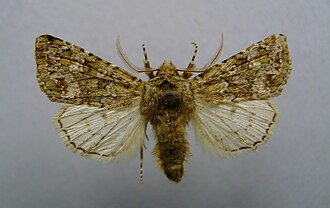
Mrs Vines
A Mrs Vines of Lyndhurst, a village in Hampshire, was elected to the Society in 1849, and in the same year was noted in a Society meeting to have captured a species of moth (Polia lichenia) new to the UK in the New Forest. This was likely the moth now known as Polymixis lichenea (Feathered ranunculus). She remained a Member until at least 1856.
Eleanor Ormerod (1828 – 1901)
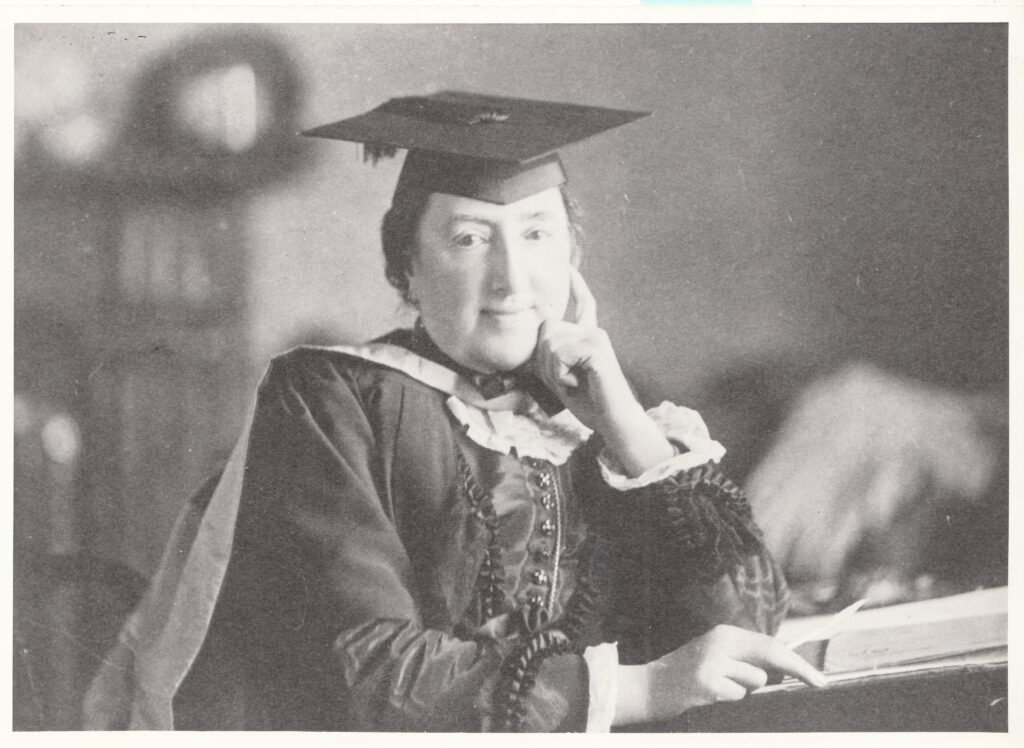
Eleanor Ormerod was a pioneer of Agricultural Entomology who became a sought-after expert on pest control. In 1878 she became the first woman who earned her living as a scientist to join the Society. Born to a wealthy family in Gloucestershire in 1828, she spent her early years on her family’s large estate, where she first developed her interest in insects, although this interest was not encouraged.
She won the Royal Horticultural Society Flora Medal for her contributions to a collection of insect pests. Her first entomological work was not published until 1873, when she was in in her 40s. In 1878 she was elected to the Society and became the first women Fellow of the Meteorological Society, for her work on insects and the weather.
Her annual reports ‘Notes of observations of Injurious Insects’ was first published in 1877 and was in high demand, running for 24 years until 1900, and she published a number of other works on pest control. Between 1882-1892, she was an (unpaid) consulting entomologist to the Royal Agricultural Society of England. She was the first woman to be awarded an honorary doctorate from the University of Edinburgh.
Despite these achievements she remained very modest about her work; a letter in our archives reads:
“I trust & hope to do some little in this field (insect prevention) but it is so very important, and one woman’s work is so weak & so small that I am constantly very anxious lest I should in any way be inaccurate.”
Some of her work was controversial: she was a key proponent of the toxic pesticide Paris Green and called for the extermination of house sparrows on the grounds they were an agricultural pest. She was also an anti-Darwinist.
She lived in St Albans from 1887 until her death of liver cancer in 1901 and she is buried in nearby Hatfield cemetery. In 2024 the RES paid for upkeep to her grave. Virginia Woolf wrote a short story, ‘Miss Ormerod’ based on her life, which was published in the modernist magazine The Dial in 1924.
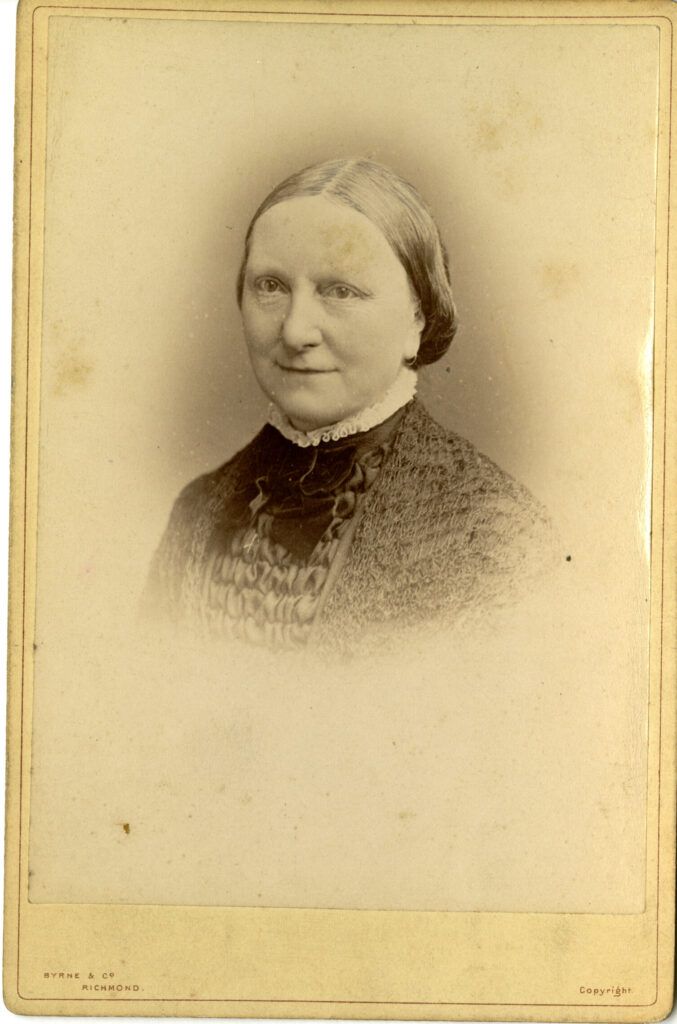
Georgiana Elizabeth Ormerod (1823 – 1896)
Eleanor Ormerod’s elder sister Georgiana was a naturalist and scientific illustrator. Educated at home by her mother, her early interests included botany and conchology. She built up a large collection of shells, containing over 3,000 species, which she donated to the Beaumont Park Natural History Museum in Huddersfield.
Later, she assisted Eleanor in her studies, translating scientific works and correspondence from four European languages and illustrating a number of her publications. She drew insects, often pest species, from life at all stages of the life cycle, and her work was also used for teaching at agricultural colleges. She was a Member of the RES from 1880 until her death in 1896.
Outside of Entomology she was a keen reader with a particular interest in history, and developed a philanthropic project distributing books, and is noted as having a strong religious faith.
Eleanor Caroline Bazett (1845-1912)
Eleanor Bazett (nee Phillot) is listed in our Fellowship records from 1890-1893. While we know nothing of her entomological interests, we know that she was born in the village of Redhill in Somerset, and married Colonel Richard Bazett in 1867 at the age of 26. The family spent some time living in India, where her husband was stationed in the army and their three daughters Mabel, Winifred and Florence, who died as an infant, were born. They later lived in Reading, and are recorded as living on their own means, and employing three servants. She and her husband both died in Reading in 1912.
Mary Chorley (1865-1936)
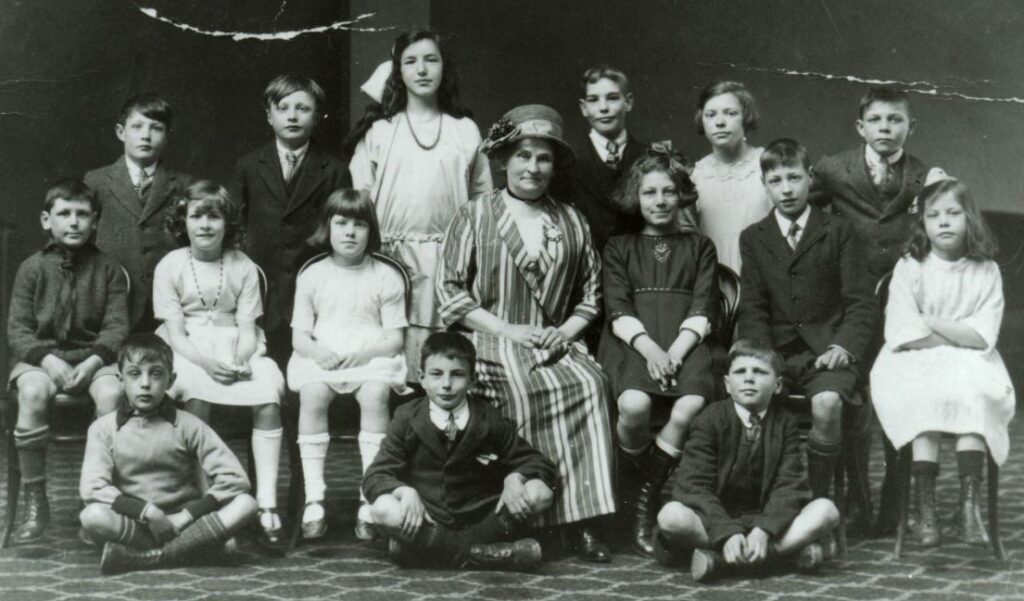
Entomology was just one of many interests for Mary Chorley. Born Mary Kimber to a middle-class family in Newbury, Berkshire in 1865, she attended boarding school in London and later returned to Berkshire. She joined the RES in 1890 and remained a Fellow until 1904. In 1898 she married Harry Sutton Chorley, an architect, and moved to Burley in Wharfdale, where she was active in an astonishing number of pursuits.
Chorley had a particular interest in Macrolepidoptera (the larger moths and butterflies) and gave lectures on entomology. She had a wider interest in natural history and was actively involved with other Societies including the Yorkshire Naturalists’ Union, the South London Entomological and Natural History Society, Newbury District Field Club, and the Botanical Society Exchange Club. She also created an alpine garden.
She wrote the chapter on Lepidoptera for the Victoria County History of Berkshire and also contributed articles to journals including The Young Naturalist and The Entomologist, including a description of a moth trap of her own design. She drew up a list of Macrolepidoptera of the district, which was referenced more than seventy years later, by the Air Marshal Sir Robert Saundby, who described Chorley as:
” a very keen and well-known collector and breeder of butterflies and moths ….. An intelligent & erudite woman, she is said to have caused some remark by her habit of cycling around the district carrying her butterfly-net, and dressed in “bloomers”. She thought nothing of being seen vigorously pursuing insects about the country-side, while wearing the same unorthodox garb.”
She was also involved in the arts, organising a wide range of events relating to brass bands, Morris dancing, amateur theatre, folk songs, and traditional games. She also took an interest in education and philanthropy. She died in 1936.
Hon. Mary Cordelia Emily Leigh (1866-1956)
Cordelia Leigh was born into a wealthy aristocratic family in Warwickshire in 1866, and lived in on a large estate, Stoneleigh Abbey, in the village of the same name. Jane Austen was a relative and lived in the house in the early 19th century. Cordelia Leigh’s father was William Henry, 2nd Baron Leigh.
She is noted as being somewhat eccentric, being regularly spotted riding around the village on a tricycle. On one occasion when she was riding to church, she was laughed at by men outside a local pub; in response, her father shut down all the pubs in the village.
She was elected to the Society in 1891, but was only briefly a Fellow, leaving before 1893. She published books for young people on religion and the natural world, sometimes combining the themes, as in ‘The witness of creation: nature studies from the Book of Job’ which was published in 1900. She had a keen philanthropic interest in education and ran a local young naturalists club. She was also a governor of Leamington High School for Girls from 1916-1943. During WWI she kept extensive diaries, including details of her efforts to encourage local men to enlist, and her correspondence with those who did join up.
She never married. She died in 1956 at the age of 89 and was buried locally in Ashow Church.
Hon. Beatrice Carpenter (1853-1927)
Beatrice de Grey, was the sister of, and worked with, the entomologist and taxonomist Thomas de Grey, 6th Baron Walsingham, who was President of the RES from 1889-1890. She was particularly keen on the study of Lepidoptera, and in 1879 she discovered the moth Aethes beatricella, which was described and named after her by her brother. In 1887 she married Admiral Carpenter and became the Hon. Mrs Carpenter and moved to Kiplin Hall in North Yorkshire. She was elected to the RES in 1892.
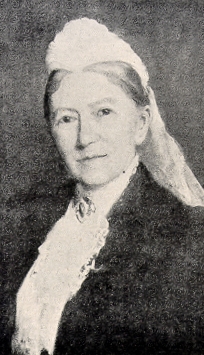
Eliza Brightwen (1830-1906)
Elizabeth Elder was born in Aberdeenshire in 1830 and was interested in natural history since childhood. Following her mother’s death in 1837, she was adopted by her uncle and moved to London to live with him. She did not have a formal education. In 1855 she married George Brightwen, a banker and the couple moved to a large estate in Stanmore, just north of London. Following health problems, including a nervous breakdown, in 1872 she became a recluse, rarely leaving the house.
After her husband’s death in 1883, she became more active, but still rarely left the estate, where she carried out much of her natural history research, kept numerous pets and maintained a small museum of animal specimens.
She published her first book, ‘Wild nature won by kindness’, in 1890 at the age of 60. It received good reviews and sold well, running to seven editions. Five more works of natural history followed. She was elected to the RES in 1897 and remained a Fellow until her death in 1906. She was also vice president of the Selborne Society, a natural history group, and a Fellow of the Zoological Society of London. Two autobiographical works were published posthumously.
Ethel Frances Chawner (1886-1953)
Ethel Frances Chawner was born in Surrey to a rector father. She had a brother and sister and six half siblings from her father’s previous marriage. After her father’s death in 1888, the family moved in Lyndhurst in Hampshire, where she developed an interest in insects. She was elected to the Society in 1897. Her brother Laurence Chaloner Chawner (1878-1959), shared her entomological interests and was elected in the following year.
Her focus was Hymenoptera, specifically sawflies, which she reared from larvae, and the Transactions of the Society note her as advising on their behaviour on several occasions. In 1901 she is mentioned in the Transactions as capturing two species of insects previously unknown in Britain.
She was a strong supporter of the Society, remaining a Fellow for over fifty years, and she donated £20 towards the purchase of the new headquarters in Queens Gate in 1921, and during WWII she housed the Society’s Library collections on Hymenoptera at her house in Leckford, for safekeeping, even offering a postal loans service for Fellows.
Her other scientific interests included botany and ornithology. She was also a Fellow of the Zoological Society of London, and the Royal Horticultural Society, and a Life Member of the Avicultural Society.
In 1927 she was employed by John Spedan Lewis, (founder of the retail chain John Lewis, and RES Fellow 1908-1963) as curator of his bird collections on his estate in Leckford, Hampshire. She retired before WWII but continued to live on the estate until her death in 1953. Her notebook containing ‘notes on the biology and localities of sawfly larvae’ as well as a collection of specimens, are held by the Natural History Museum.
Margaret Fountaine (1862-1940)
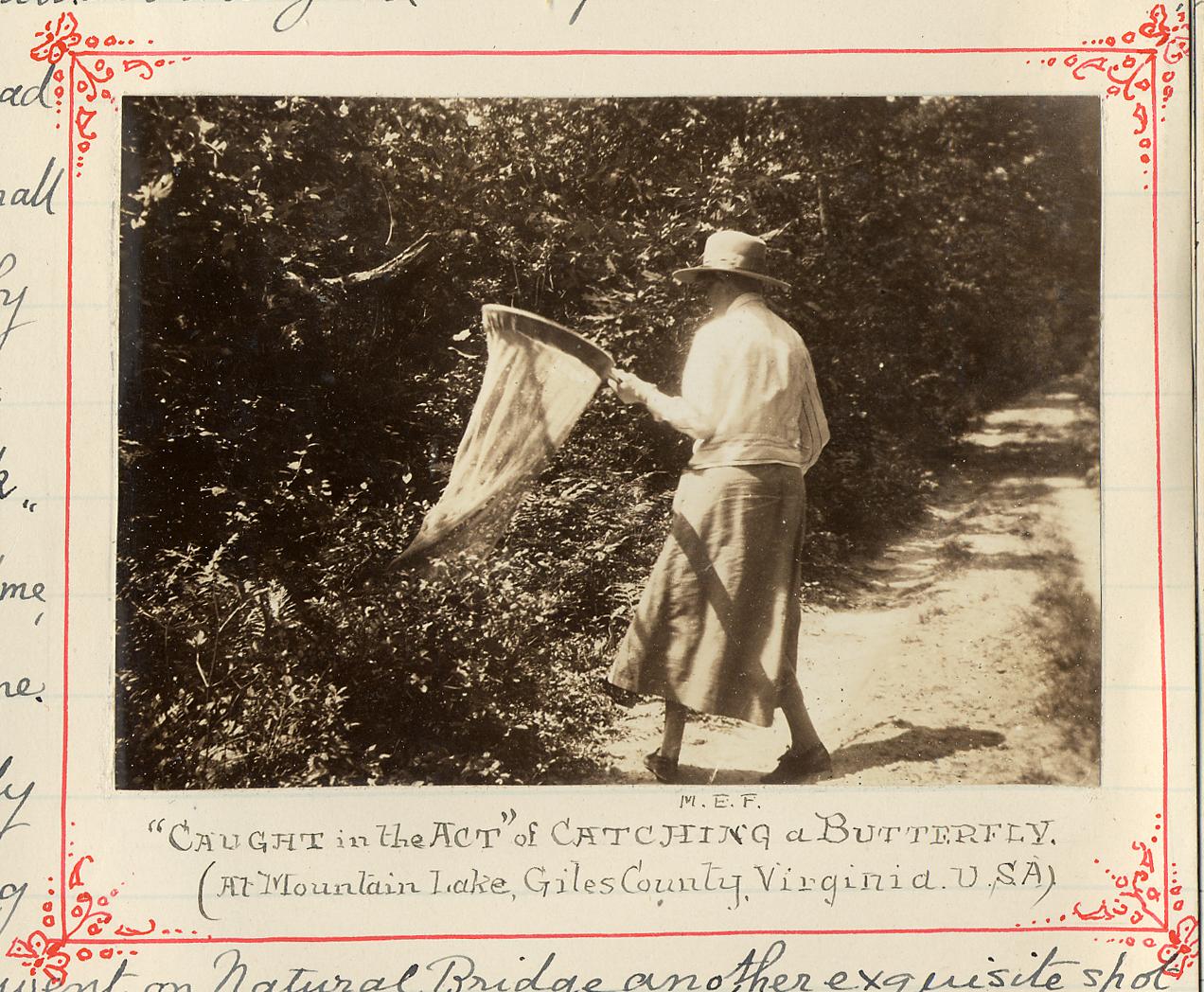
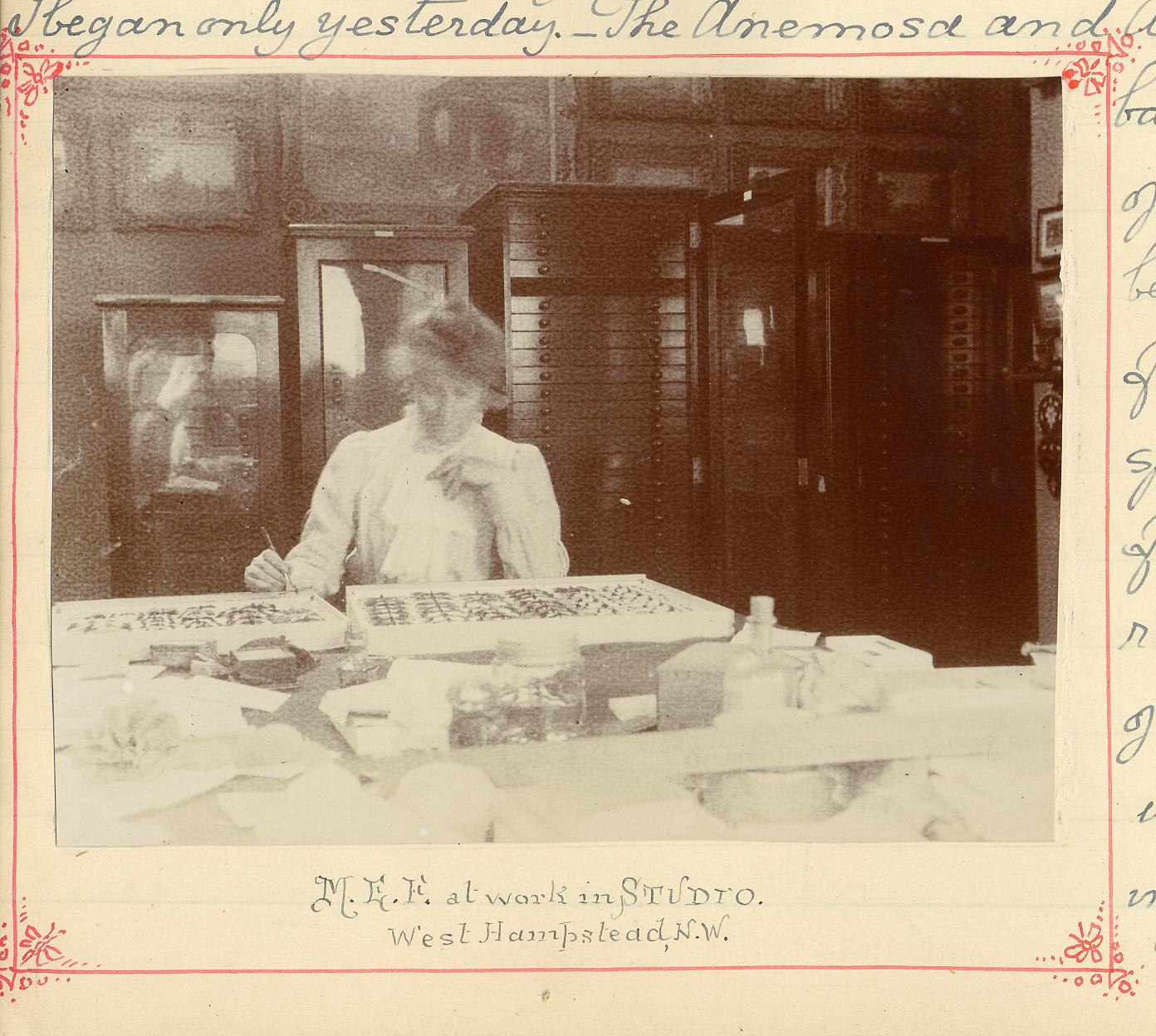
Margaret Fountaine was born in Norwich to a Clergyman father in 1862. She started keeping a diary as a teenager which she continued for the rest of her life. At the age of 27, she received a large inheritance from her uncle and became financially independent. She used this money to travel the world, collecting butterflies, visiting 60 countries on 6 continents, over 50 years. She generally travelled in winter, returning to England in the summer, to write up her findings in journals including The Entomologist’s Record and Journal of Variation and The Entomologist and the Society’s own Transactions. She also kept extensive sketchbooks, which included drawings of species new to science.
Elected to the RES in 1898, she noted the lack of other women at meetings, although several other women were Fellows at the time.
“I well know, of my being the sole representative of my sex present, with the exception of one lady visitor.”
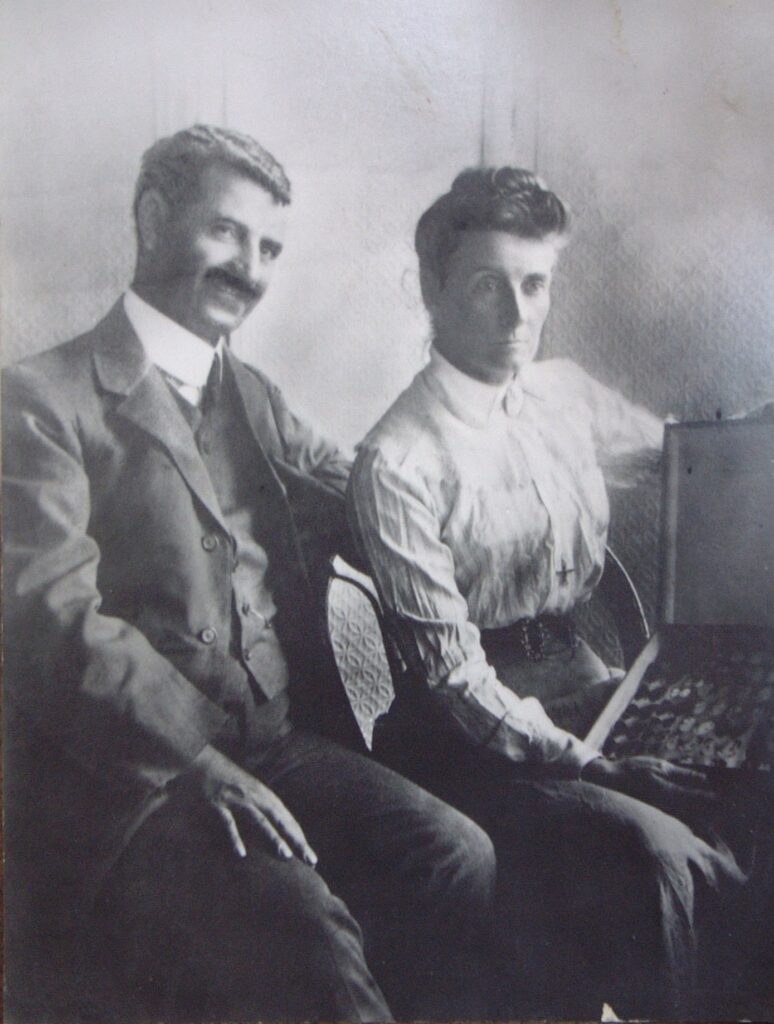
On a trip to Syria in 1901, she hired Khalil Neimy, a Greek Orthodox guide and translator to assist her in her travels. The two became romantically involved, although they never married, (Neimy already had a wife), and over the following decades, they travelled extensively together on butterfly collecting expeditions. In 1912, they attended the International Congress of Entomology at Oxford, where she was invited to join the Linnean Society.
Neimy died of fever in 1928, and Fountaine continued travelling alone. She died on a butterfly collecting expedition in Trinidad, at the age of 77, collecting net in hand.
The 22,000-specimen Fountaine-Neimy butterfly collection, and diaries were left to Norwich Museum following her death, under the stipulation that they not be opened until 1978, 100 years after they began. Her diaries, which ran to 12 volumes and more than a million words, were then edited and abridged for a general audience to focus more on her love life than her entomology and published as Love among the butterflies and Butterflies and Late Loves.
Text by Rose Pearson, RES Librarian and Archivist. If you would like to find out more about the 19th century women of the RES, please contact library@royensoc.co.uk.
Thank you to Burley Archive for information on Mary Chorley.


